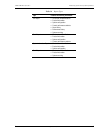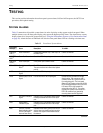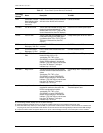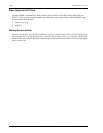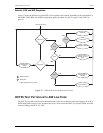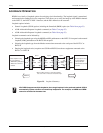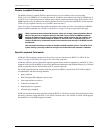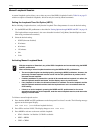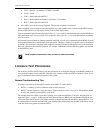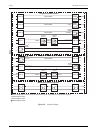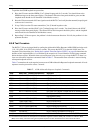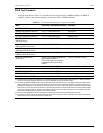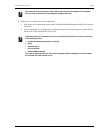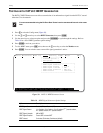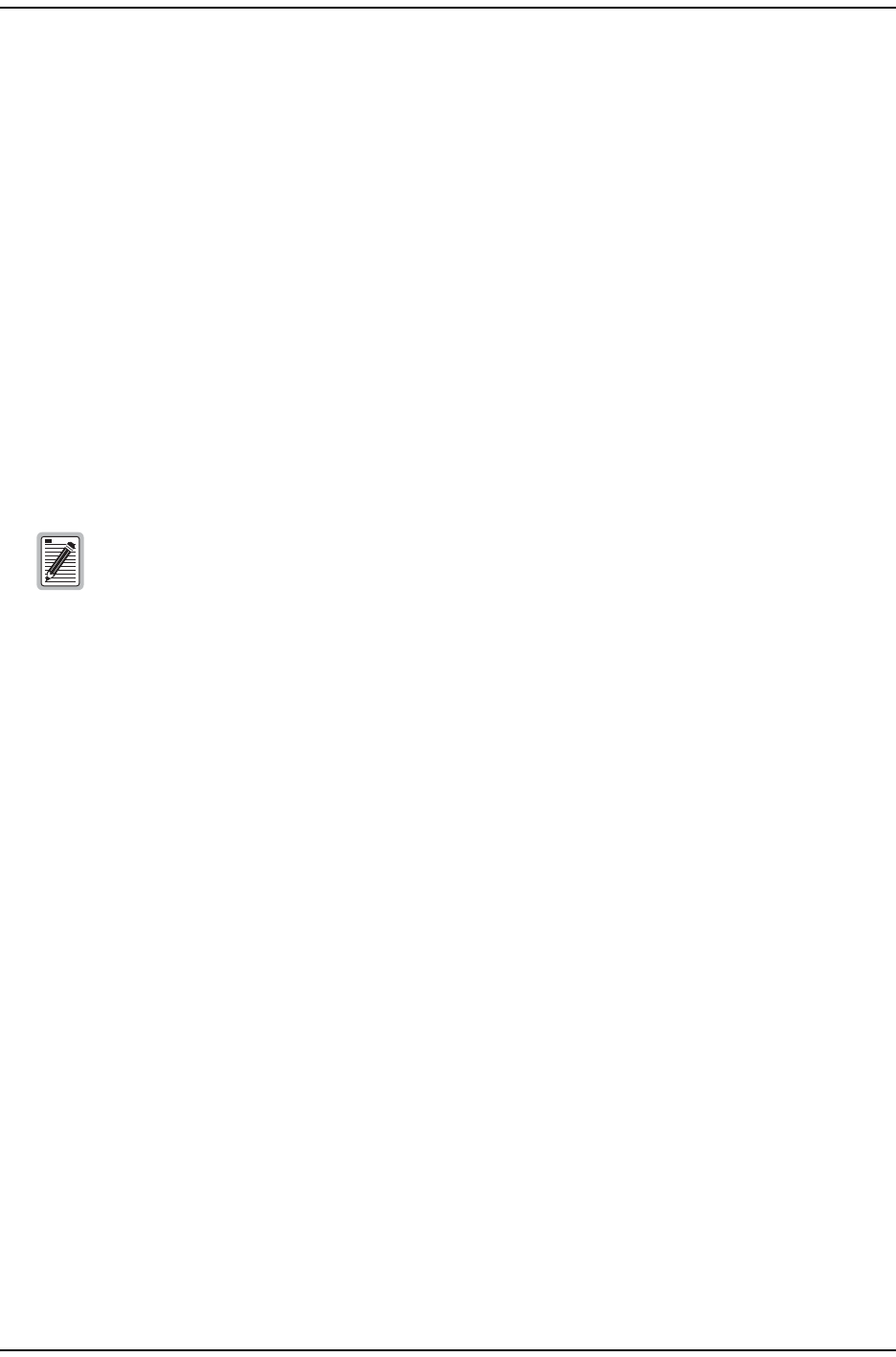
LTPH-UM-1031-03, Issue 3 Testing
H4TU-C-319 List 1 September 12, 2003 49
• CDx? = Doubler 1 or Doubler 2, if H4D is available
• CLO? = CLOC
• COL? = Dual loopback at H4TU-C
• DxL? = Dual loopback at Doubler 1 or Doubler 2, if available
• RUL? = Dual loopback at H4TU-R
4 Press SEL to activate the selected loopback. The previous loopback is terminated.
Once a loopback is selected and activated, the loopback stays active until it times out (based on the LBTO setting).
When a loopback times out, the display returns to the normal display mode.
You can terminate loopbacks manually and exit the MAN LPBK mode by simultaneously pressing the MODE and
SEL pushbuttons for 3 or more seconds. If no loopback is active, the MAN LPBK mode automatically terminates
after 30 seconds.
All loopbacks can be initiated by inband commands in the DS1 payload or by a command from the HDSL4 system
(front-panel pushbuttons or maintenance screen selections). Therefore, whenever a loopback is active, the method
by which it was activated is indicated in the loopback and status information (Monitor screen) by the annotation
HG or PL adjacent to the identified loopback. For example, NREM-HG indicates that the loopback was initiated
by the HDSL4 system.
LOOPBACK TEST PROCEDURES
The following sections provide step-by-step test procedures for verifying the integrity of the HDSL4 channels at
every module location as well as the DS1 channels to the customer and the local DSX-1 interface. Figure 29 on
page 50 summarizes the available loopbacks in the system.
General Troubleshooting Tips
If trouble is encountered on the DSX-1 interface of the H4TU-C, verify that the:
• H4TU-C is making a positive connection with its shelf connector.
• H4TU-C internal equalizer is set to the correct distance range per Table 5 on page 19. All equalizers should
be set to the distance from the DSX-1 to the shelf.
The transmit and receive DSX-1 ports have splitting access jacks and miniature, 210-series, bridging jacks as
shown in Figure 1 on page 3. Connecting one cable between the two (BRG) jacks and another between the two
LINE jacks splits the IN and OUT and creates metallic loopbacks towards both the DSX-1 and the H4TU-C-319.
If separate plugs are inserted into both LINE jacks with the other end disconnected, the BRG jacks can be used to
send and receive test patterns towards the DSX-1.
SMJK loopback commands are only activated by inband commands.



